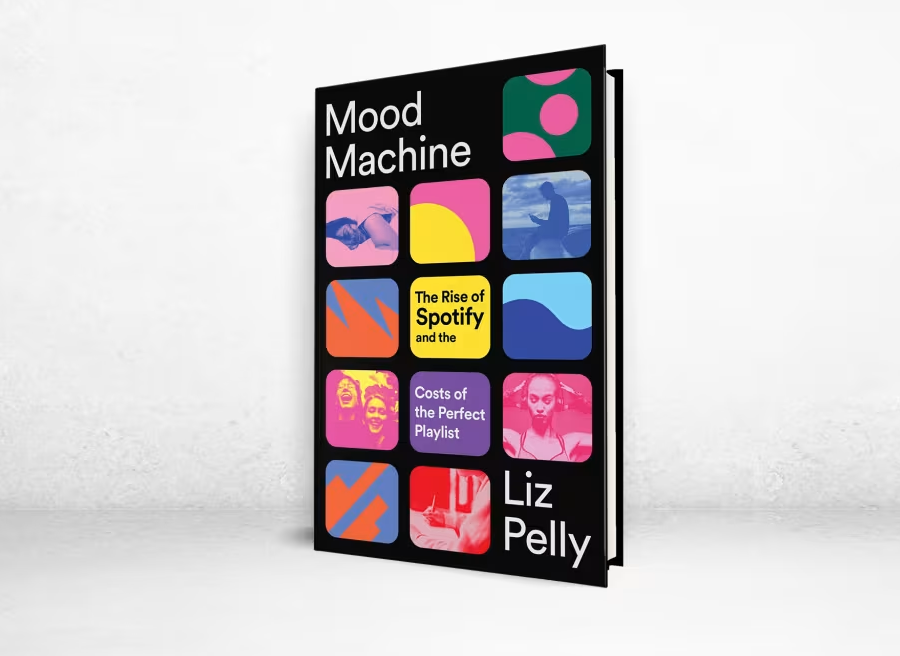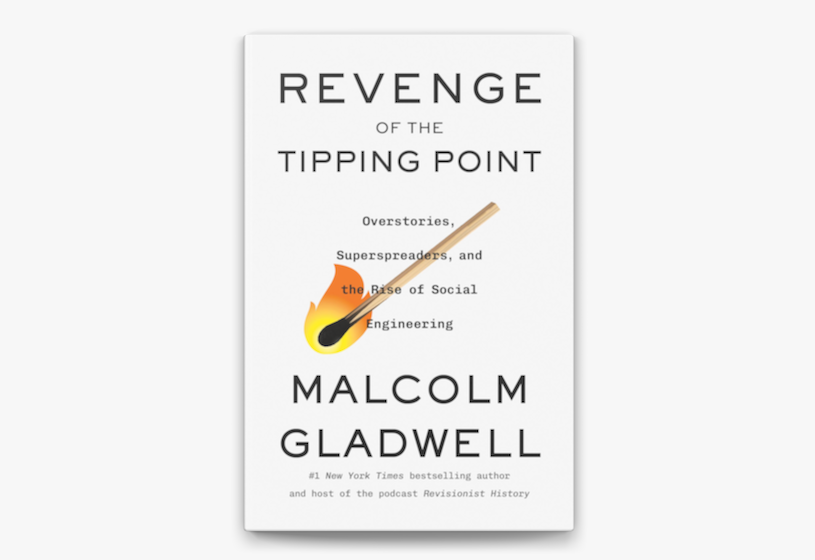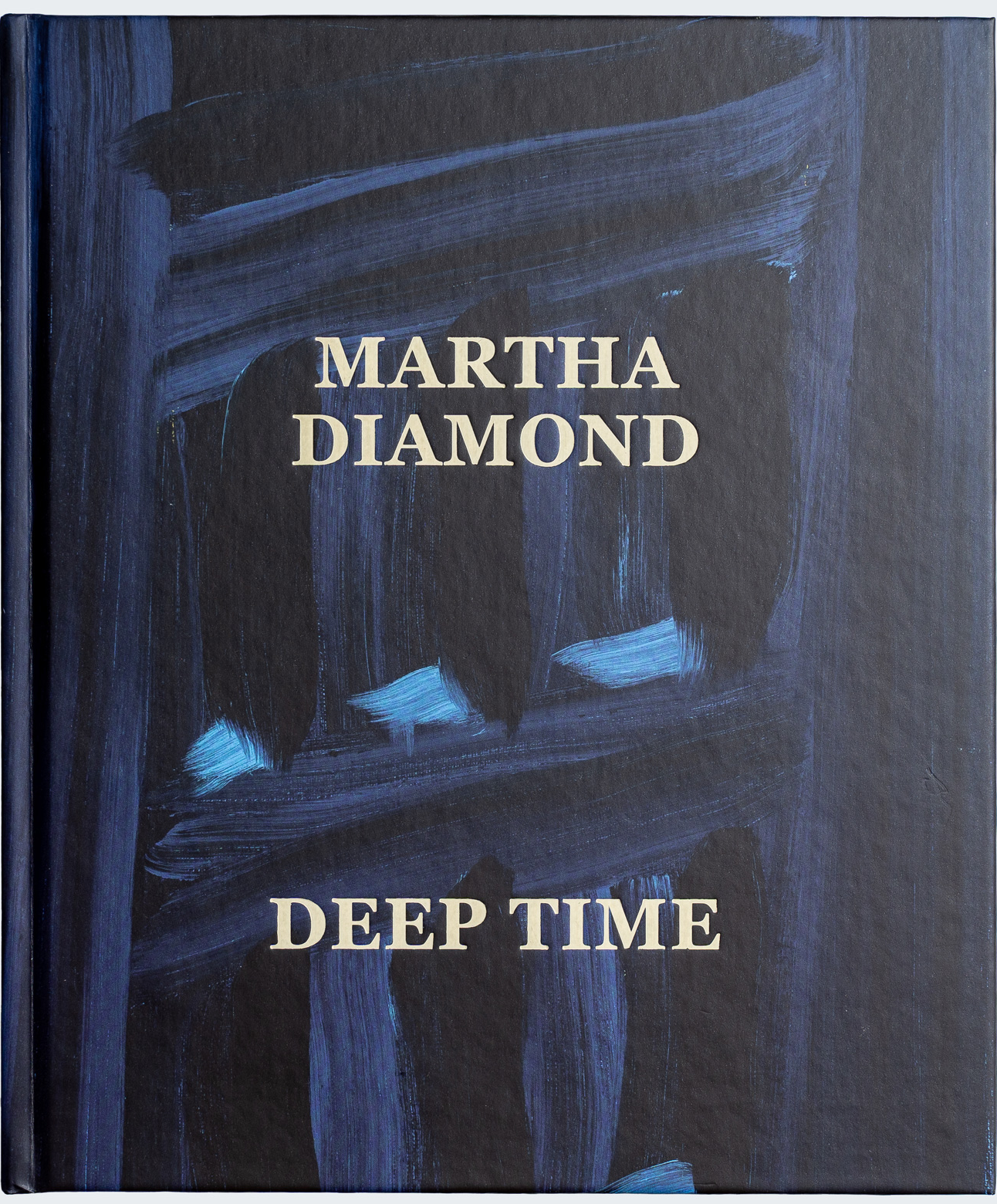 SO IS THIS SOME KIND OF JOKE or what? Here’s this guy John Lydon, alias Johnny Rotten, and he’s a major rock ’n’ roll star—except that he’s proclaimed the death of rock, rejected the role of star, and formed a band that plays the antithesis of rock with himself as the antithesis of star. A couple of months ago, he and his band even provoked their fans to attack, thus converting them to the antithesis of fans. What I want to know is, who needs rock stars like this anyway?
SO IS THIS SOME KIND OF JOKE or what? Here’s this guy John Lydon, alias Johnny Rotten, and he’s a major rock ’n’ roll star—except that he’s proclaimed the death of rock, rejected the role of star, and formed a band that plays the antithesis of rock with himself as the antithesis of star. A couple of months ago, he and his band even provoked their fans to attack, thus converting them to the antithesis of fans. What I want to know is, who needs rock stars like this anyway?
As the leader of the Sex Pistols, the band that introduced punk rock to world consciousness, young Rotten displayed a remarkable flair for the provocative. He was a snarling figure, feral yet rivetingly beautiful, with preternaturally red hair and mad, glittering eyes: the wolf boy of London, unleashed from God knows where to lure British youth into a trampling of all that seemed decent and right. The stage name was inspired by the condition of his teeth. And if the music was crude, the message was far cruder: “Anarchy in the U.K.”; “Belsen Was a Gas”; “God Save the Queen (She Ain’t No Human Bein’).” The nation was predictably outraged—particularly when, at the instigation of an interviewer, the Pistols uttered dirty words on nationwide telly. The resulting headlines shot them right into the charts, until their guitarist created a scandal by apparently throwing up on some old ladies at Heathrow Airport, at which point their record company proved all too eager to drop them. They went through another record company in a week before settling down with a third and proceeding to popularize the concept of No Future.
Before and After Punk |
A mild-mannered music writer goes to this dive bar on the Bowery. . . |
Why Elvis?The King was just a sweet mama’s boy whose vague dreams of stardom took him places he’d never dreamed of.
|
Minimal and MysticalWhat does “Einstein on the Beach” have to say to us in this post-Minimal era?
|
Laurie Anderson, Multimedia Techno-WaifA spiky-haired extra-terrestrial stumbles forward into the future.
|
A Rotten Success StoryPublic Image Ltd.: Are they committing rock’n’roll suicide, or are they simply boring?
|
Dee Dee Ramone Didn’t Wanna Be a Pinhead No MoreSo the New York rocker who practically invented punk kicked heroin, bought a dinette set, and married Vera, who was, you know . . . normal.
|
Discophobia!Rock & roll fights back.
|
Peter Townshend Gets Old Before He DiesThe leader of the Who has been questioning his role in the youth cult for most of this decade.
|
Elvis Costello Wins Friends and Influences PeopleLast Friday afternoon, the avenger had some explaining to do.
|
Danny Fields Is a Number-One Fan“When I first saw the Ramones I went up to them after the set and—‘You guys are great! You guys are great!’ That’s all I could say.”
|
Four Conversations with Brian EnoHe can look into an interviewer’s face and measure the determination to report something weird.
|
The Sex Pistols were conceived as a fairly blatant hustle by Malcolm McLaren, an anarchist boutique owner who suspected there might be a future in bondage fashions. But with Rotten as the front man and his childhood chum Sid Vicious on bass, the hustle took on a life of its own. The Sex Pistols released only five singles and one album during their two years as a band, and they never once cracked the U.S. Hot 100, but they revolutionized rock ’n’ roll nonetheless. Before the Sex Pistols, it was credible to introduce Neil Sedaka as a rock performer; after the Sex Pistols, it was not. It didn’t matter if you liked them; they were impossible to ignore. The lure of Rotten’s savage grin worked in tandem with the awful fascination of his message: Everything is over, there’s no future, “No fu-ture for youuuu!” The man and his band: both were like a walking automobile accident, daring us to look.
On January 14, 1978, in San Francisco, immediately after the last date of their first American tour, the Sex Pistols quite abruptly flew apart. McLaren charged that Rotten had become a self-aggrandizing rock star, just like Jagger and Stewart and all the others he’d reviled; Rotten declared that McLaren and everybody else were trying to make them into another Rolling Stones. On the first leg of the flight back to London, Sid overdosed and had to be rushed to a hospital in New York. Upon his recovery he settled down in the city, becoming a prime celebrity on the local punk circuit until his arrest ten months later for the grisly knife murder of his rich blond girlfriend. When the arrest was followed by his suicide, no one was really all that surprised: it was the logical culmination of the punk media myth. “Poor Sid,” Rotten lamented to an interviewer. “He really bought his public image.”
Public Image Ltd. was the name of the outfit Rotten formed three years ago with Keith Levene, a young musician whose classical training in piano and guitar is somewhat offset by a demeanor that makes Sid seem sunny in retrospect. Reverting to his real name, Lydon set about charting a unique territory for his band. “Public Image is anti-rock ’n’ roll,” he told the Los Angeles Times. “Rock and roll is a dead piece of stinking cod,” he announced to Newsday. “Anything that doesn’t sound like rock ’n’ roll is fine by us,” he told New West, “as long as you can dance to it.”
The music of PiL was indeed a sort of antirock: strange and inverted, as if it had passed through some sort of window. An initial album, Public Image/First Issue, unstructured and unintelligible, was not even released in the United States. A follow-up effort, Metal Box, was released in Britain as a three-record set of twelve-inch forty-fives packed into a film canister. The canister was a little small, but if you could get the records out you could hear Lydon lamenting his role in songs like “Albatross” (“Getting rid of the albatross . . . / If I wanted/Should I really”) and “Poptones”:
I don’t like hiding in this foliage and peat,
It’s wet and I’m losing my body heat.
The cassette played poptones.
The music was best described as plague disco—dark and unmelodic, with off-center rhythms and a wicked undertow. Self-taught bassist Jah Wobble created a sound that resembled most basses the way a tank resembles a convertible; Lydon’s eerie chants and Levene’s guitar-and-synthesizer constructions added a starkly primitive edge, producing music that was as profoundly unsettling as it was lugubriously hypnotic.
Released last year in America as a two-record set called Second Edition, the album displayed minimal sales potential but gathered critical raves. (“Sounds suspiciously like a masterpiece,” declared The New York Times.) Although Lydon expressed bitterness over the packaging change, the group went on tour regardless. They were not universally well received: most of their audience were latter-day punks bent on reliving the glory of the Sex Pistols, and PiL’s sophisticated postrock meditations had more to do with the harmonic dissonance of the early Velvet Underground and the electronic drone music of the avant-garde composer La Monte Young than with the crude explosiveness of punk rock. At least, that’s what the critics said; actually it could have served as mood music in a shooting gallery.
A couple of songs could be made out, but for the most part it sounded like the kind of noodling that goes on in a studio while the producer is in the bathroom.
Last year’s British release was Paris au Printemps, by Image Publique S.A. Recorded live in Paris, it opened with an impossibly bleak “Theme” song, which had Lydon alternately wailing “I wish I could die” and moaning “I will survive”—a grotesque inversion of the Gloria Gaynor disco hit, turning survival itself into a sign of defeat. On the other side, Levene teased the crowd with guitar riffs from “Satisfaction” and “My Generation” before launching into “Bad Baby,” Lydon’s cue to begin screeching about an unwanted foundling. Anybody we know?
PiL’s most spectacular media coup was its encounter with Tom Snyder on the Tomorrow show. The previous guest was Allan Carr, the vivacious producer of Can’t Stop the Music, last year’s attempt at a Busby Berkeley-style disco musical starring the Village People. Snyder and Carr had become quite chummy in the preceding forty minutes, and as he was about to make his exit, Carr confided with a smirk that if people thought him strange, they should see what was coming next: “Trust me, it’s The Rocky Horror Show!” It was far worse than that. It was Public Image Ltd., as represented by John Lydon (of the Satanic grin) and Keith Levene (of the deathly high cheekbones and the limp strands of hair). While toying with his host over whether Public Image was a rock band or a corporation, Lydon bummed a cigarette, broke into questions, and finally provoked Snyder to verbal violence. Levene was no more to be interviewed than a serpent. “It’s unfortunate that we’re all out of step but you,” Snyder said by way of a parting shot. “That’s what I’ve been telling the world for five or six years now,” Lydon shot back.

Photo: Anton Corbijn
Johnny Rotten was bad enough; this John Lydon defied belief. At least the Sex Pistols played the game—played it so well that they even gave you a renewed understanding of what it was. (Rock ’n’ roll = white boys doing bad things with guitars = maximum shock value.) Public Image wasn’t even playing the game. Public Image was taking the game and dumping on it. “I can’t be bothered to answer any questions,” Lydon began an interview with the Canadian magazine Maclean’s. “I’m tired of the past and even the future’s beginning to seem repetitive. I really don’t know what to say. I talk crap all of the time. I’m a liar, a hypocrite, and a bastard. I shouldn’t be tolerated. I’m really surprised at people’s gullibility. Hi there, my fellow Canadians. I’ve hung myself. I’ve done it at last.”
There followed an eleven-month hiatus while PiL repaired to England. Last spring, with Warner Bros.’ release of The Flowers of Romance, the respite was ended. PiL’s third studio album proved to be an even more radical assault on the conventions of rock: the bass was done away with entirely, and Levene’s guitar was barely evident. For the most part, the music was chants and drums, combined in ways that seemed to have little to do with Western musical tradition or even with rational thought. Levene explains it as the difference between music and sound.
As it happened, all this chants-and-drums stuff was interpreted as some sort of trendlet, what with last year’s African-rhythms Talking Heads album and the subsequently released David Byrne-Brian Eno collaboration, My Life in the Bush of Ghosts. A number of people even took to comparing synthesizer wizard Eno with synthesizer wizard Levene, much to the latter’s chagrin. Indeed, when I met him in New York, Levene was outraged that anyone should consider PiL’s sound trendy, since it was so obviously millions of miles ahead of everything else. Although the album’s first song, “Four Enclosed Walls,” begins with the word “Alla” and seemingly projects a Mideast apocalypse, Levene insists that the dominant influence on the album was Celtic. He and Lydon were introduced to Celtic music at home in London, he says, before leaving for a recording studio. When they got there they had no songs to record, so they played Space Invaders for nine days (at £1,000 a day) before coming up with something. Actually, it did come out kind of Celtic: primitive and regressive, suggesting best-forgotten rituals in some burned-out grove.
“I’m tired of the past and even the future’s beginning to seem repetitive,” says Lydon.

 September 1, 1981
September 1, 1981





